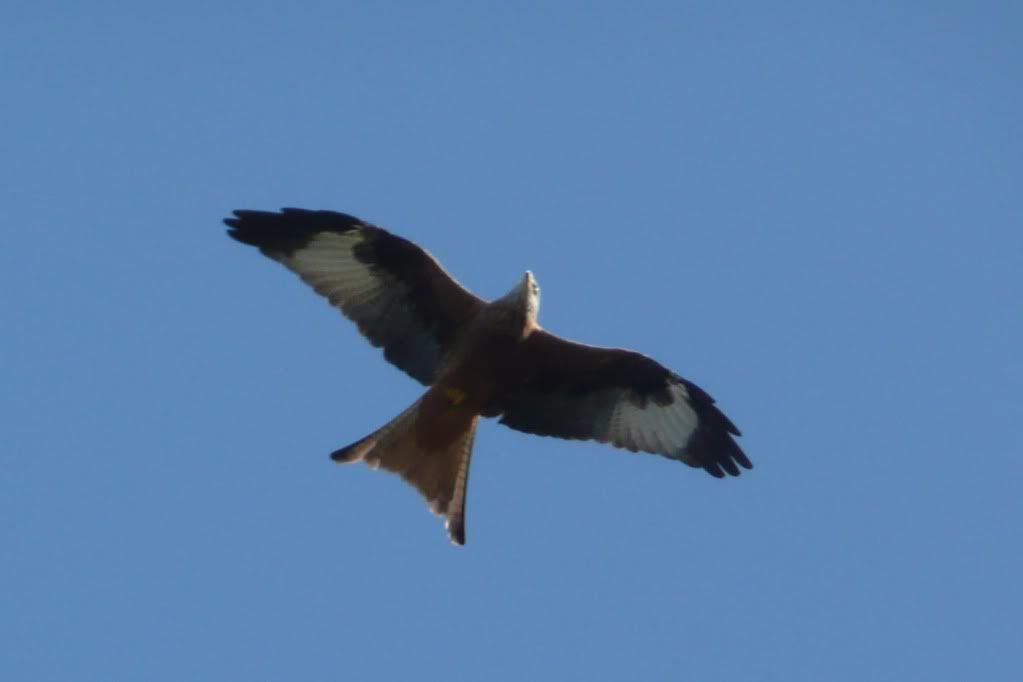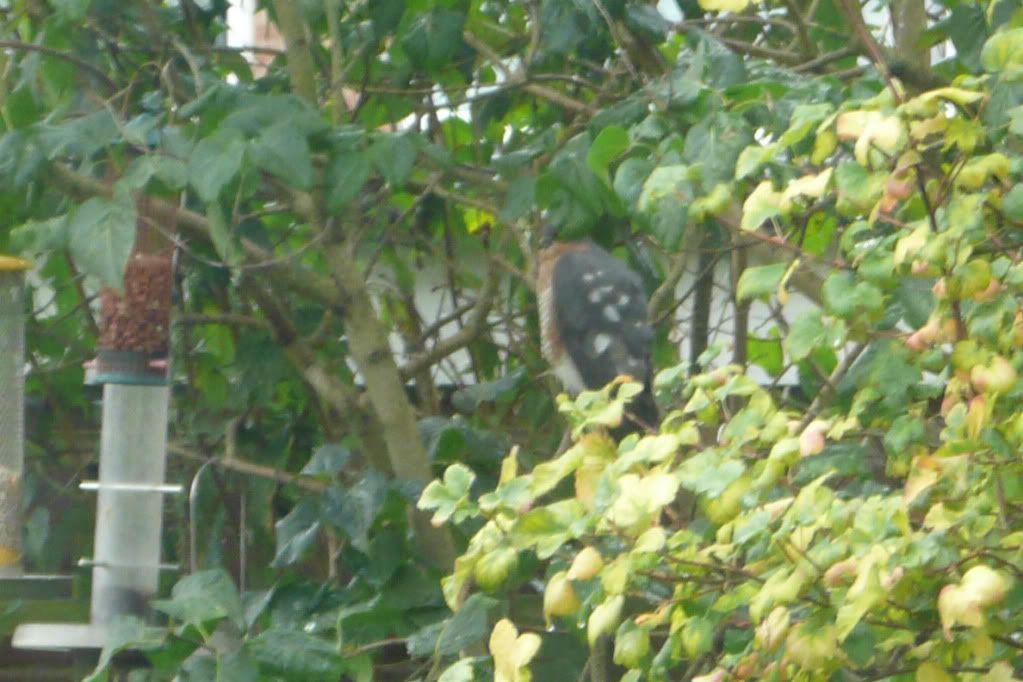Birds of prey have had an impressive recovery in recent years and are an example of how our attitudes to wildife and the environment has changed.
I saw my first buzzard in cornwall and now they are nesting near the Ock and kestrels can frequently be seen hunting over the meadows. In the past week I have had close encounters with two others:
Having been hunted to almost extinction in England at the end of the 19th Centuary, Red Kites are now a common site over Abingdon. In fact most days will guarrante at least one sighting. This is due to a very successful release program in the Chilterns back in the 1980's. The one pictured below was seen over Radley Lakes, where the combination of good reflective light and low flying bird presented an ideal opportunity for a picture.
.
The other bird of prey encountered this week was a male sparrowhawk in the garden. Obviously attracted to the increasing numbers of grain feeding birds like sparrows, goldfinches and dunnocks that are using the bird feeders in the garden.
Unlike red kites, the decline in the sparrowhawks is not attributed to hunting, but pesticide use in the 1950's which was being consumed by their prey. These had the effect of making the egg shells too thin, hence not enough birds hatched.
The population only recovered when these were banned in the 1970's. Unlike the red kites, there has not been reintroduction of sparrowhawks, instead the 40,000 breeding pairs have recovered naturally as the pesticides have slowly declined in the environment.
This picture is slightly blurred as it was taken through a window.
.
.
Despite the recovery in Birds of Prey and their legal protection, they are still suffer from persecution: http://www.rspb.org.uk/ourwork/policy/wildbirdslaw/wildbirdcrime/birdsofprey.aspx
References:
Red Kites: http://www.redkites.co.uk/
RSPB Handbook of British Birds
Birds of Britain: http://www.birdsofbritain.co.uk/bird-guide/sparrowhawk.asp


No comments:
Post a Comment